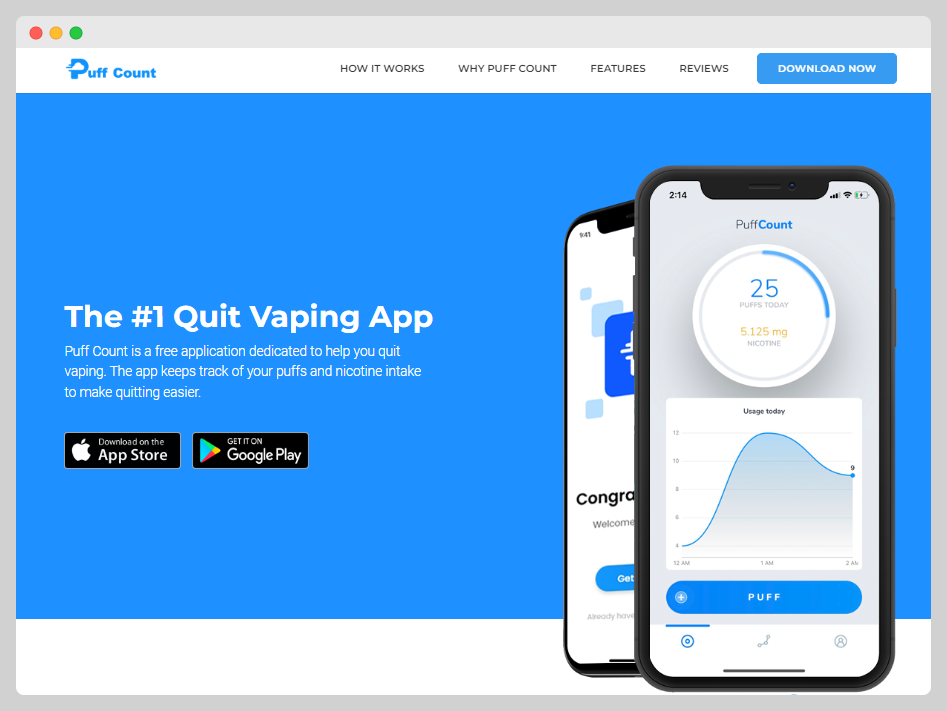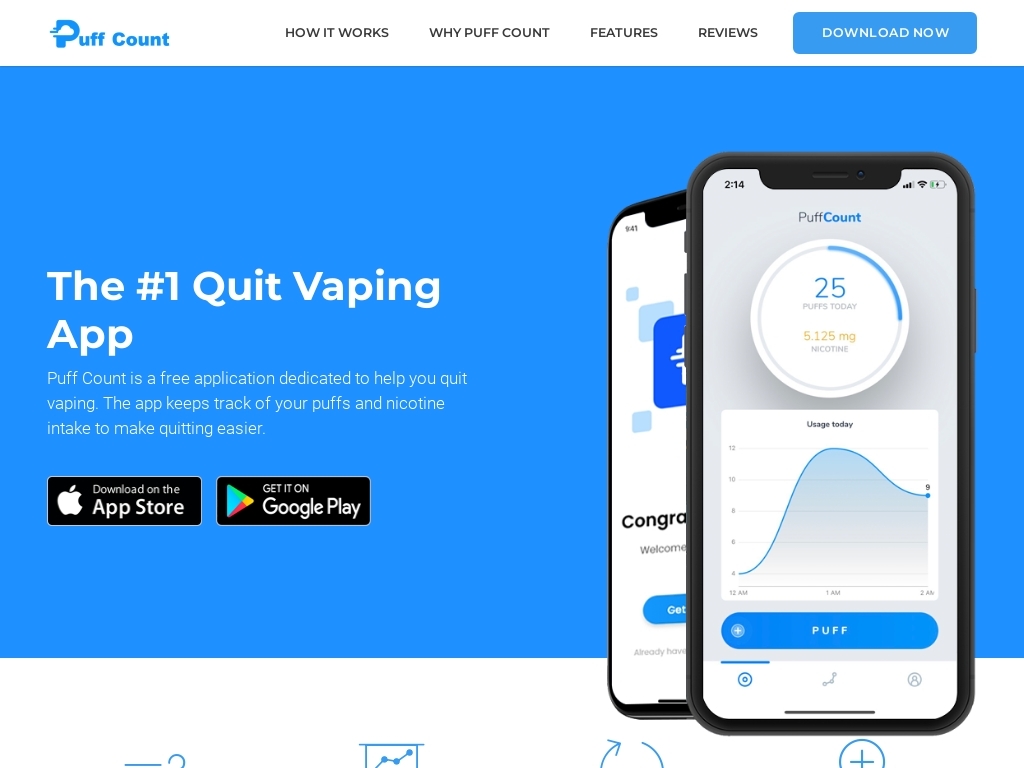How Puff Count Surpassed $40K MRR By Tackling Vaping Addiction
Who is Steven Cravotta?
Steven Cravotta, the founder of Puff Count, is a 24-year-old entrepreneur and self-taught app developer from Atlanta, Georgia, who honed his skills while studying Advertising/Marketing at Pepperdine University and has developed popular apps like Wordle and Grid.
What problem does Puff Count solve?
Puff Count helps users quit vaping by tracking their nicotine usage, offering a structured approach to gradually reducing dependence, solving the struggle of breaking an addictive habit.


How did Steven come up with the idea for Puff Count?
Steven Cravotta came up with the idea for Puff Count during his college years when he noticed the rapid increase in vaping among students, himself included. Observing the addictive nature of vaping, he realized there were no existing tools specifically designed to help people quit this new habit. Drawing from his app development skills, he saw an opportunity to create a solution that would help users manage and eventually reduce their vaping...
Disclaimer: The initial draft of this article was compiled by the Starter Story team based on publicly available interviews, podcasts, and other content from the founder. See the sources we used here.

Download the report and join our email newsletter packed with business ideas and money-making opportunities, backed by real-life case studies.

Download the report and join our email newsletter packed with business ideas and money-making opportunities, backed by real-life case studies.

Download the report and join our email newsletter packed with business ideas and money-making opportunities, backed by real-life case studies.

Download the report and join our email newsletter packed with business ideas and money-making opportunities, backed by real-life case studies.

Download the report and join our email newsletter packed with business ideas and money-making opportunities, backed by real-life case studies.

Download the report and join our email newsletter packed with business ideas and money-making opportunities, backed by real-life case studies.

Download the report and join our email newsletter packed with business ideas and money-making opportunities, backed by real-life case studies.

Download the report and join our email newsletter packed with business ideas and money-making opportunities, backed by real-life case studies.











